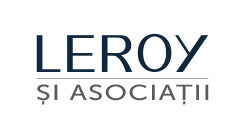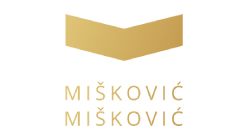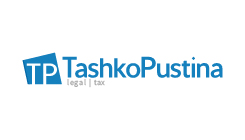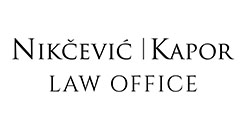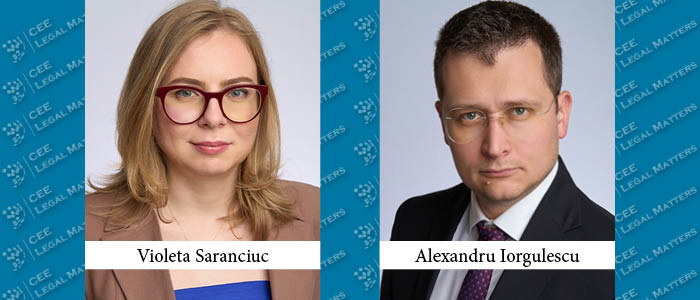The capital market in Latvia is rather small, with limited capitalization in both the stock and bond markets. As of December 31, 2015, 26 Latvian companies’ equity securities, 42 corporate debt securities, 12 Government Treasury bill and bond issues, and 5 investment funds were listed on the only licensed stock exchange in Latvia – Nasdaq Riga.
Nasdaq Riga was established in 1993 and commenced trading in 1995. Its major shareholder, with a 93% ownership interest, is Nasdaq Nordic Ltd. Nasdaq Riga owns the Latvian Central Depository (the LCD), which is the sole central securities depository in Latvia for public securities.
Nasdaq Riga operates four lists: The Main List, the Secondary List, the Bond List, and the Funds List. However, the LCD provides safe-custody of all publicly issued securities in Latvia and clearing and settlement services for securities trading on Nasdaq Riga, as well as managing corporate actions related to securities. The LCD assigns ISIN and CFI codes for all issues registered with it, and it has established relationships with the Estonian and Lithuanian central depositories and with Clearstream Banking, S.A., which allows LCD’s participants to act as custodians of financial instruments registered with those depositories.
Both Nasdaq Riga and LCD are supervised by Latvia’s Financial and Capital Markets Commission.
The main legal act governing the procedure by which securities are publicly offered in Latvia is the Financial Instruments Markets Law. This also regulates the organization and business of regulated markets, the operation of the central depositary, provision of core and non–core investment services, market abuse prohibitions, the licensing requirements of investment brokerage companies, and the provision of investment services by investment companies from other EU member states within Latvia, as well as by Latvian investment companies in other EU member states.
Unfortunately, the IPO market in Latvia is totally inactive, as it recently went over a decade between issues. At the end of 2015 Citadele banka, which was set up in 2010 from “good” assets salvaged from Parex (Latvia’s largest domestically-owned bank before its collapse in 2008), attempted to raise capital through an IPO with dual listings on Nasdaq Riga and the London Stock Exchange. Unfortunately, the transaction was canceled “due to the volatile situation in equity markets.” The breakthrough came in July 2016, when Latvian high-tech company HansaMatrix was listed on Nasdaq Riga after the company’s private placement of its shares to investors.
By contrast, the corporate bond market in Latvia is quite active. The growth of the bond market started in 2011, when a number of local Latvian banks issued their bonds. The growth accelerated when Latvenergo, the largest state-owned energy company, entered the market with its first EUR 105-million program for the issuance of bonds. Demand for Latvenergo’s bonds was very high and exceeded supply by more than five times. Latvenergo returned to capital markets with its second issuance program in 2015, when it became the first state-owned company in Eastern Europe to issue so-called “green bonds,” in a total amount of EUR 100-million.
In recent years there have been a number of non-bank lending companies which have issued corporate bonds, although in relatively low amounts. It should be noted that the Financial and Capital Markets Commission has expressed its view that non-bank lending companies might be subject to banking licensing requirements if they raise money on capital markets on a continuous basis by way of public offering and use those funds for lending.
The main player in the bond market remains the Government of Latvia. Historically, domestic Government securities were used both as a financing instrument and with a view to benchmarking the development of a domestic securities market in Latvia. In 2014 the Government started to issue savings bonds, which are non-tradable financial instruments for private individuals. The savings bonds are offered with six- and twelve-month and five- and ten-year maturities.
The Government is also very active in the international capital markets. In 2013 the Government established a Global Medium Term Note program, used for issuance of public benchmark bonds and private placements in the international capital markets.
Strong capital markets and easy access to them is crucial for the sustained growth of the Latvian economy. Therefore, it is important that the relevant stakeholders put all their efforts into improving the capital markets climate in Latvia.


